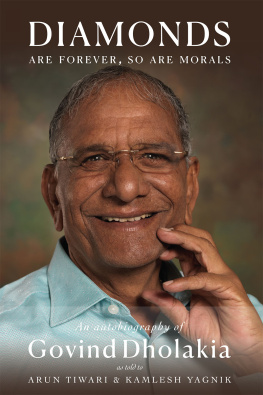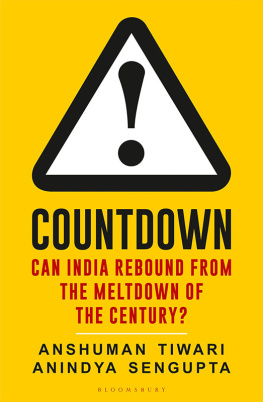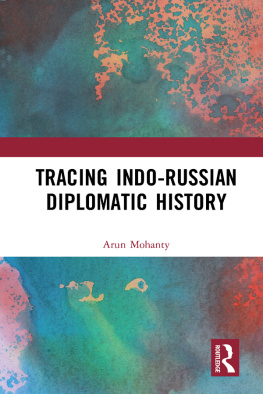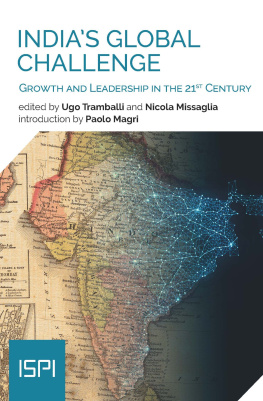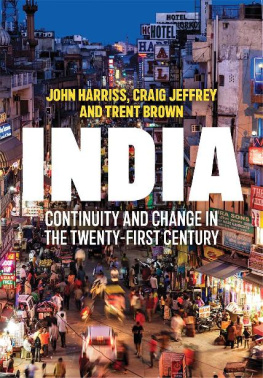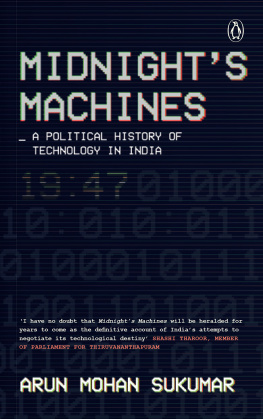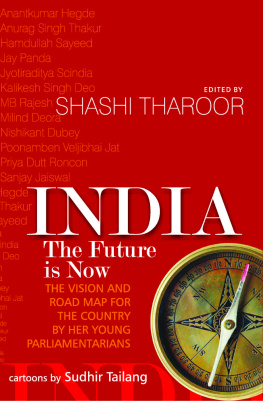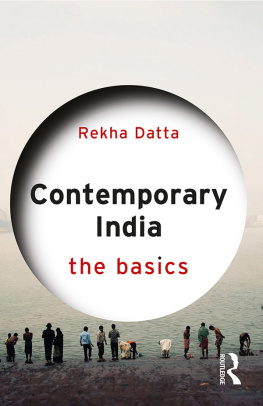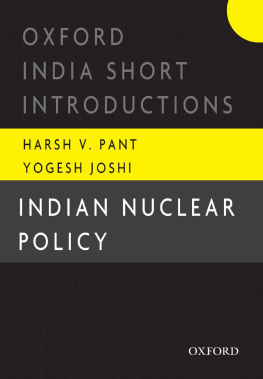Table of Contents
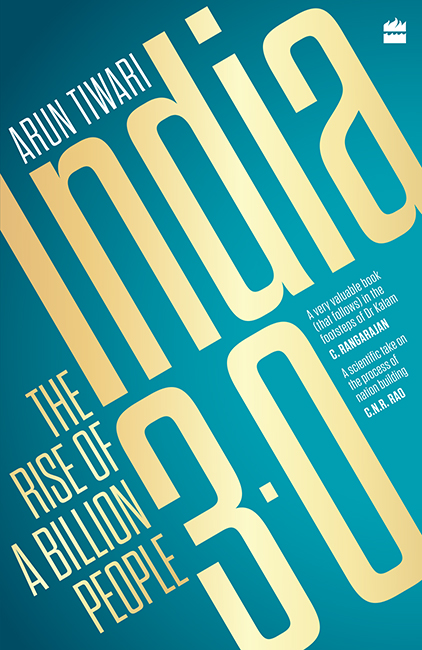
INDIA 3.0
The Rise of a Billion People
Arun Tiwari

To
Dr A.P.J. Abdul Kalam
I have seen India while sitting on his shoulder
Contents
A NYONE SEEKING to understand modern India faces four basic sets of questions. First, he needs to know how the country came to be what it was at Independence, an unmistakable watershed in its long history. This involves answering questions such as what internal and external factors led to its subjection for long periods to foreign rule, and with what short-term and long-term consequences. Second, he needs to know the range of alternatives that was open to India at Independence, what choices it made then and later, and with what results. Third, the student of India would want to understand the country in the context of other countries, and assess in a comparative context whether Indias choices were wise or ill-conceived. Finally, he would need to know how India should modernize itself and how it could go about creating a stable, secure, just and democratic society.
Few books on India deal with all four sets of questions and most of them remain narrowly historical, comparative or prescriptive in their approaches. Mr Tiwaris book differs from them in dealing extensively with all four. He writes about the establishment and consolidation of British rule in India, post-Independence Indian politics, how other countries in similar situations have dealt with their problems, and offers a set of valuable prescriptions. In each case he sets out his views clearly and forcefully and backs them up with carefully marshalled evidence. Even when he fails to convince his reader, he forces the latter to think hard and give his reasons for disagreement.
Having worked with Dr Abdul Kalam form any years, his prescriptions for Indias malaise is broadly similar. He urges radical changes at many levels in several areas such as education, environment, governance, citizenship, health care and globalization. His suggestions are based on valuable insights, and show what India would achieve if it applied to all aspects of its collective life the same degree of dedication it has brought to areas such as information technology, space research, pharmaceutics and biotechnology, where its achievements are widely noticed and admired. Dr Tiwaris book makes an important contribution to the understanding of India and deserves to be widely read and discussed.
Lord Bhikhu Parekh
W HILE FORECASTING national change, one generally considers the history of a nation and its major turning points. In history, a series of events occur that could have had varied outcomes. Depending on how things turn out, the future development of countries and their people are changed for the better or for the worse. Nothing in history is predetermined and that extends to national political trajectories too. What would have happened if the British had never come to India, or say, by 1810 or so, a loose confederacy of Sikh, Maratha and the Deccan rulers managed to kick out the British, the French and the Portuguese? Or had Mir Jafar, the commander-in-chief of the Siraj-ud-Daulahs army, refused to betray his nawab? Or Cyril John Radcliffe had applied mind and method over a period of time and not divided Bengal and Punjab in five weeks that included a bout of dysentery that kept him constantly on the trot?
The European Union is already crumbling, in spite of having a great vision, resources and people, with economic crises in Greece, Cyprus, Spain and Portugal. Five million Syrians have been rooted out of their homeland as refugees and an equal number displaced within their own country; but no superpower or international organization can do anything to resolve the situation. A country can walk out of an international treaty because of a change in its leadership. Socialism has failed, capitalism has failed, and globalization has failed. It is a fact that even Chinas future development is uncertain, regardless of the power and wealth it has created for its people.
In India, while one prime minister suspended elections and civil liberties in 1975, another had to order the pawning of sixty-seven tonnes of gold to tide over a balance-of-payments crisis in 1991. Yet another prime minister helplessly presided over scam after scam by his government. A sense of superiority, rooted in our ancient history and some emotionally charged description of Indian people in literature, does generate a patriotic fervour but does not match with the present condition of Indian nation still struggling with a national vision of a developed country and a harmonious society. The yardstick to measure these are numerous: gross domestic product (GDP), inflation, unemployment, freedom, fuel prices, human rights and more.
In its current manifestation in India, democracy has become a theatre of rhetoric wherein some 100 actors appear on television every day and discourse with clichd arguments and responses. Anti-incumbency has become the order, testament to the widening chasm between the people and their governments. This book presents to its readers a thought process that history is made every day, and that the challenge is getting everyone to pay attention to it.
India 3.0 is a book of hope for the future of a great civilization. The book sees a tea-seller boy rising to become the prime minister of India, not through political machinations but through the natural outcome of a political process. It was written during a major watershed in Indian history, when Prime Minister Narendra Modi demonetized high-denomination currency notes which accounted for about 86 per cent of the nations currency. But in a country where 78 per cent of financial transactions are done in cash, Indians have exhibited remarkable patience with the currency ban. No leader had dared it earlier, even if he knew well that unaccounted cash, or black money, is indeed a huge problem for the country.
Is this a new India in the making? If so, what next? India is a large country with uneven development and generally low levels of economic and technological progress. We should proceed in all cases from Indias basic conditions. It is these conditions that determine the trajectory of Indias massive and diversified economy, the important position of rural areas in the economy, and perhaps the worlds most robust trading system and commodity supply chain. Can we safeguard our traditional business while prioritizing efficiency?
To be able to understand the future, we must know the past. What has brought us where we are today and what has changed along the way? We need to think about what kind of future we would like for ourselves and for the next generation, and what decisions we should make today for that desired future. This book deliberately sets aside relevant historical writings, which are very subjective and differ markedly from one another. It presents an anecdotal account of how India built itself as an independent nation, and is based on a stream of consciousness that runs through generations of folklore and stories, and which now moves at lightning speed on the Internet. India 3.0 construes the strengths and weaknesses of this stream and presents what India will look like in the next twenty-five to thirty years, not through a scientific or philosophical analysis but a crystal-ball type of gaze.
Organized in three parts, the book starts with the event of demonetization on 8 November 2016. The five chapters in the first part set the tone of the book. Starting with establishing the need for demonetization, it explains how markets and governments collude, what dangers a global financial system poses to the sovereignty of nations, how India was colonized through trade and technology, and how innovation is the only way out of the poverty pit in which millions of our people have been trapped for generations.


